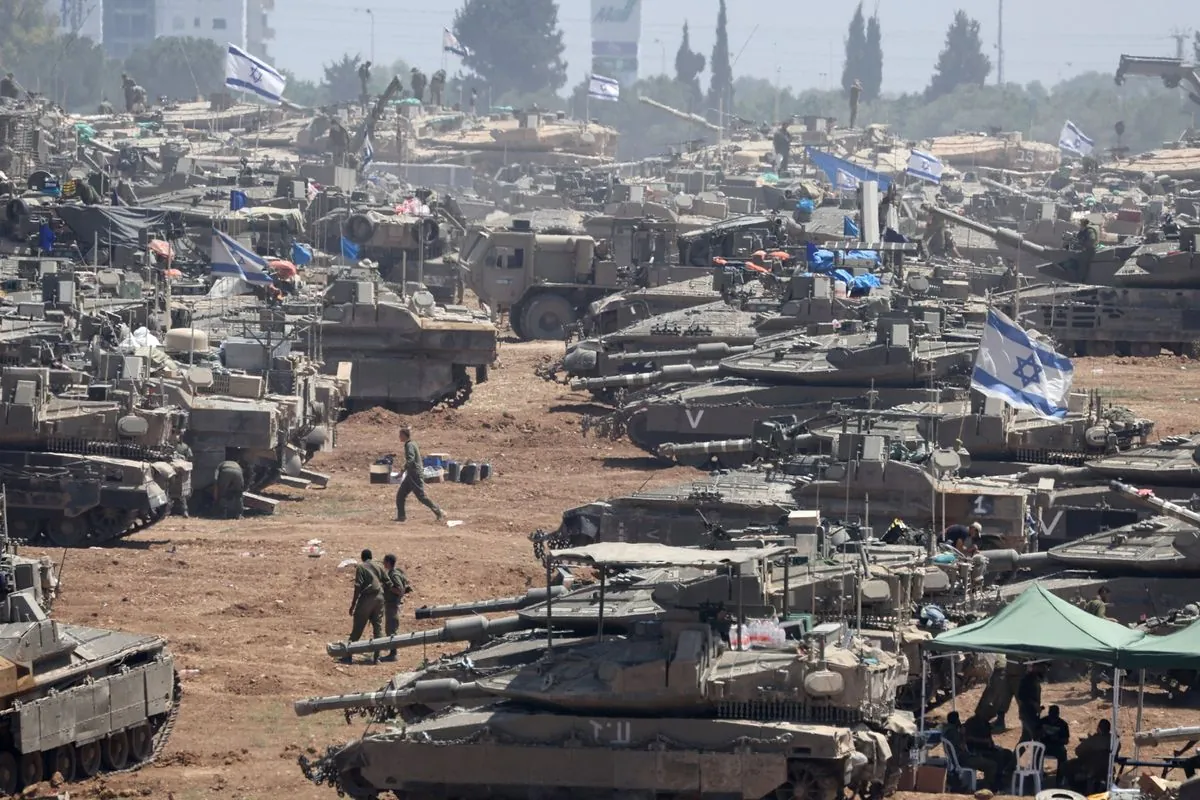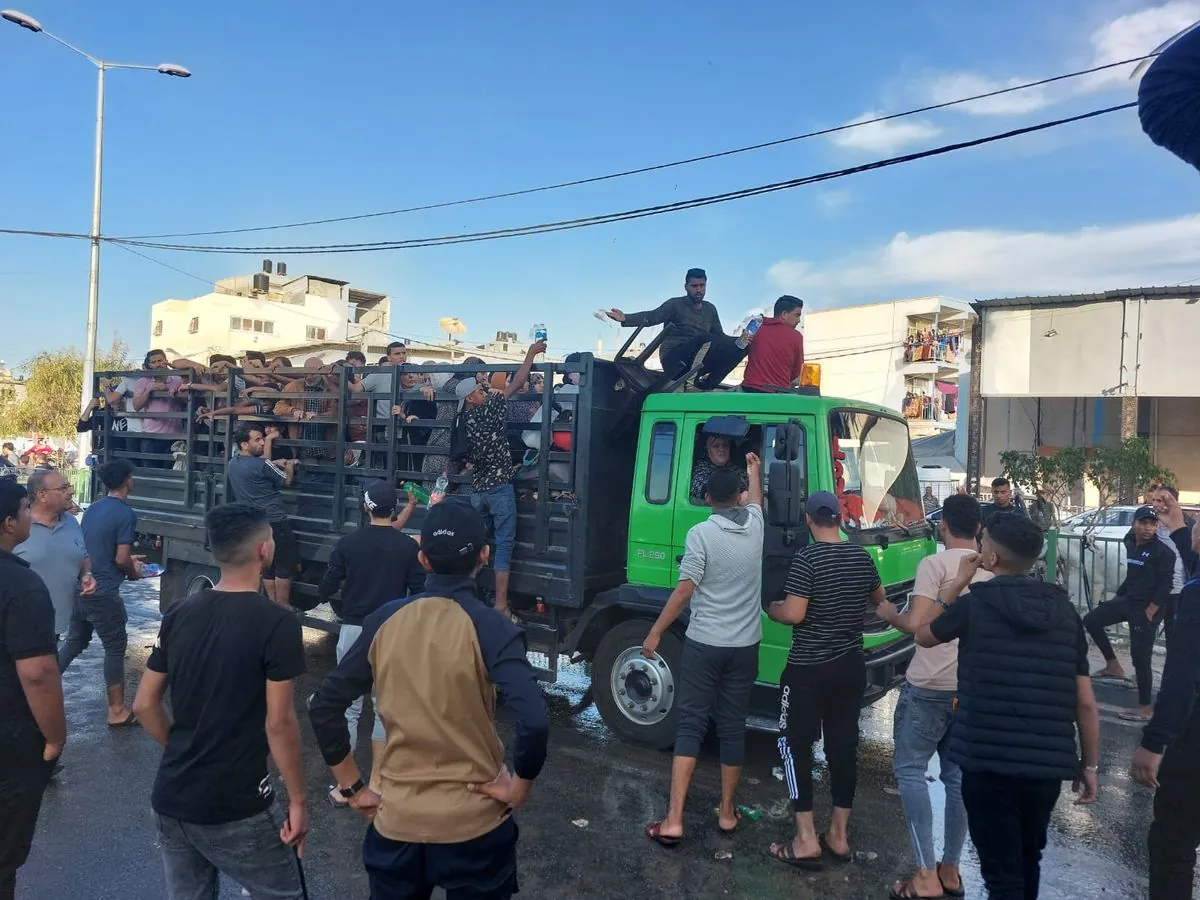Israeli Forces Intensify Operations in Gaza, Causing Civilian Casualties
Israeli military actions in Gaza result in at least 34 Palestinian deaths. Evacuation orders and strikes across the enclave exacerbate the humanitarian crisis, with civilians facing displacement and shortages.

In a significant escalation of military operations, Israeli forces have intensified their presence in the Gaza Strip, particularly in the southern city of Khan Younis. The action has resulted in at least 34 Palestinian fatalities, according to medical sources.
Khan Younis, the largest city in southern Gaza, witnessed unexpected tank advancements into its center. The Israeli military issued evacuation orders in eastern areas, prompting many families to seek safety while others found themselves trapped in their homes. Medical reports indicate that at least 11 individuals lost their lives due to Israeli strikes in the city.
The central Gaza Strip also experienced deadly incidents. In Deir Al-Balah, an area sheltering approximately one million displaced persons, an airstrike near a school housing displaced families resulted in eight Palestinian casualties. In Nuseirat, journalist Mohammed Abed-Rabbo and his sister perished in an attack on their residence. The Gaza government media office, run by Hamas, reported that Abed-Rabbo's death brought the total number of Palestinian journalists killed since October 7, 2023, to 172.

The Israeli military stated that evacuation orders were issued in areas where Hamas and other militant groups had conducted attacks, including rocket launches into Israel. The armed factions of Hamas and Islamic Jihad reported ongoing clashes with Israeli forces across the territory, employing anti-tank rockets and mortar fire.
"The death toll in Gaza has surpassed 40,500 Palestinians since the beginning of the conflict."
This prolonged conflict has had devastating consequences for Gaza's 2.3 million residents. The majority have experienced multiple displacements and now face severe shortages of essential supplies such as food and medicine, according to humanitarian agencies.
The Gaza Strip, known for its high population density, faces numerous challenges. The coastal aquifer, the main water source, is severely depleted and contaminated. Additionally, the territory struggles with limited electricity supply and restricted fishing zones, impacting local industries and livelihoods.
As the conflict approaches its eleventh month, the international community continues to express concern over the shrinking humanitarian zones and the absence of safe areas for civilians. The United Nations and relief organizations have voiced their alarm at the ongoing crisis and its impact on the civilian population.
The situation in Gaza remains critical, with urgent needs for humanitarian assistance and a peaceful resolution to the conflict to prevent further loss of life and alleviate the suffering of the civilian population.


































